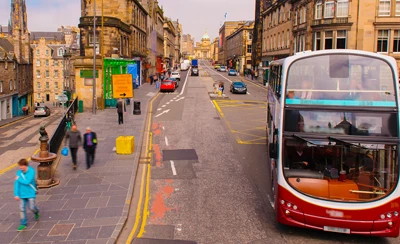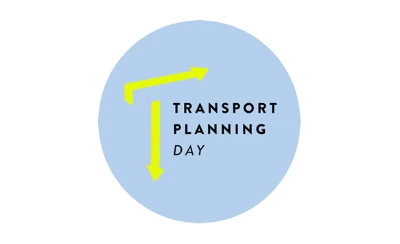-
Events
See all events here
-
TP Day
TPS is pleased to announce the launch Transport Planning Day 2024.
-
Jobs
See all the current vacancies.
-
Membership
Open to all those studying or working in transport planning, or related fields, on a professional basis.

Training session not found.
Copyright © Transport Planning Society 2025
Web design by Tribal Systems







